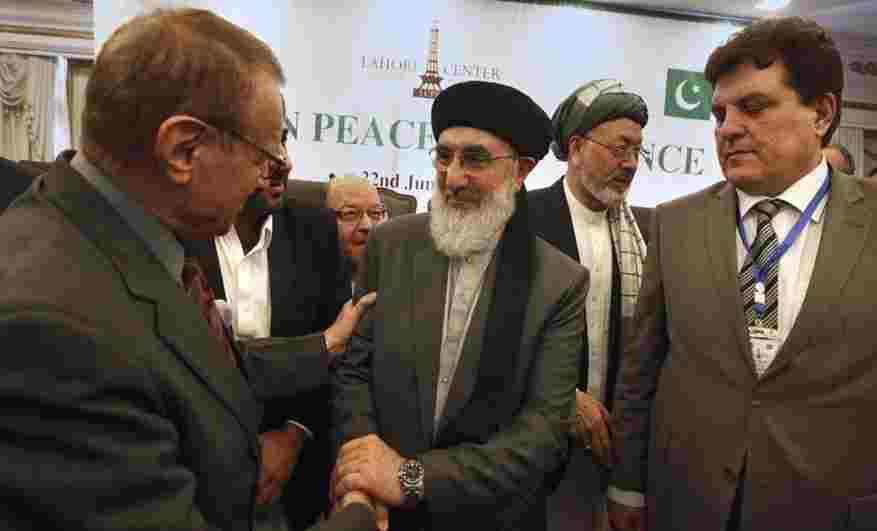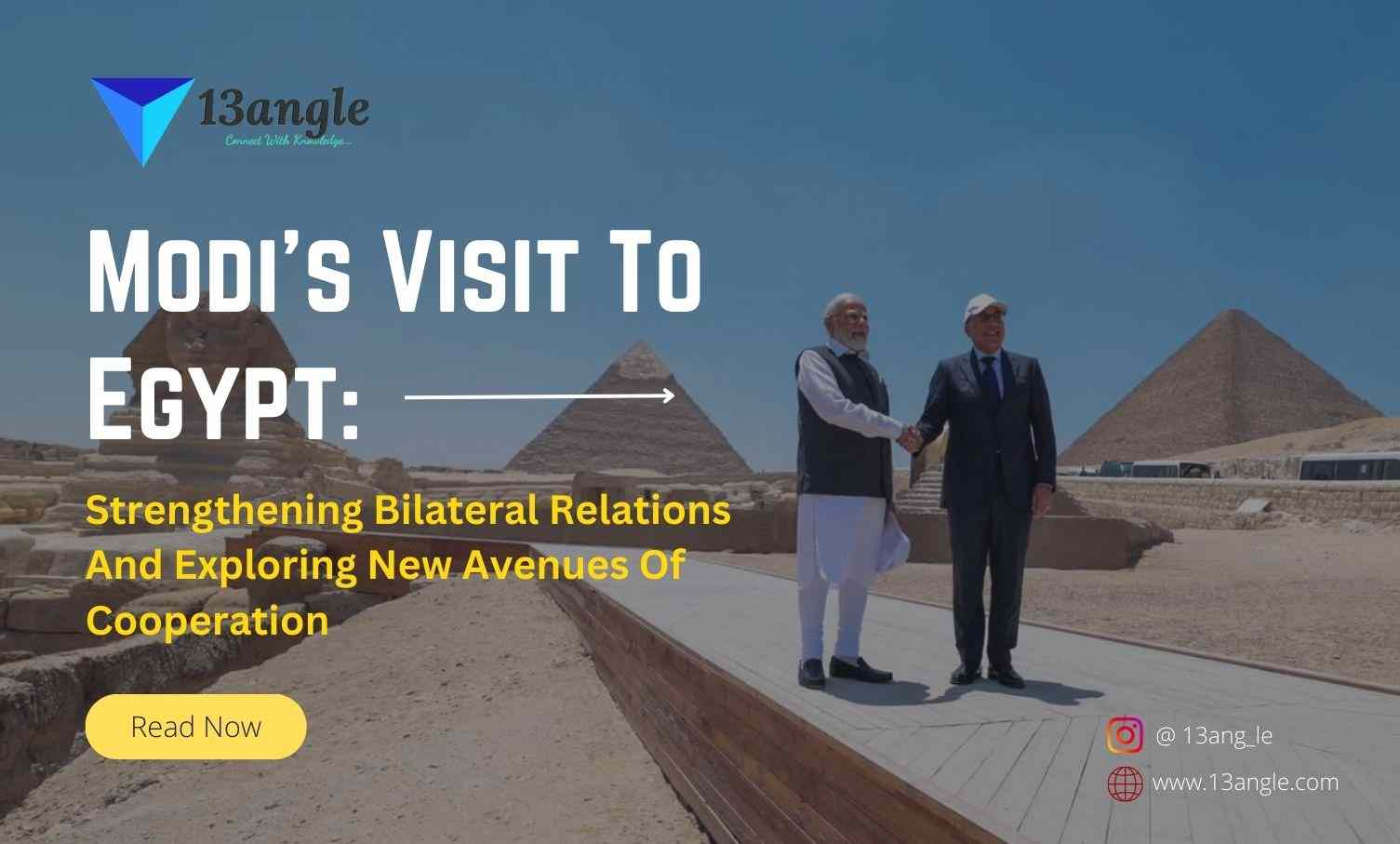
Introduction
The Lahore peace treaty is also widely known as the Lahore declaration. It is a bilateral agreement between Pakistan and India. A bilateral agreement means the agreement between countries to promote trade and commerce. It eliminates the trade barriers like tariffs, export restraints, and import quotas in order to encourage investment.
The treaty was signed on 21st February 1999. It was drafted from 19 December 1998 – to 19 January 1999. It was signed in Lahore, Pakistan. The condition was to ratify both the parties, India and Pakistan. It was signed by Atal Bihari Vajpayee, the prime minister of India, and Nawaz Sharif, prime minister of Pakistan. It was in three languages, Hindu, Urdu, and English. It was signed to attain a mutual understanding between both the countries for accidental or unauthorized use of nuclear weapons and also the development of an atomic arsenal. The treaty Memorandum of Understanding(MoU) was also signed.
It was the second peace treaty that was signed and quickly ratified by the parliaments of India and Pakistan. It was enforced in the same year. Widely popular in the public circles in Pakistan and hailed by the international community, the relations would very soon lose impetus after the infiltration of Pakistan forces into Kargil, which led to the outbreak of 1999 Indo-Pakistan War in May 1999.
The Peace Declaration: Needed To Sign
In 1988, Pakistan and India reached an important understanding which aims in controlling nuclear weapons by signing the NNAA treaty. Despite many proposals, the nuclear race continued and the cold war had been evolving and taking a peak over the issue of Kashmir. With domestic pressure and an increasing political impetus, India conducted the nuclear tests in May 1998, in spite of international pressure. Replying to India’s test, Pakistan adjusted the nuclear magnitude in South Asia after performing its own series of atomic tests and all these at the end month of May 1998. The tests invited criticism and economic sanctions on both countries and many fears in the international community that in a wake of intensified conflict, it could lead to nuclear war.
However, the relations had very soon lost their strength after the attack of Pakistan forces on Kargil, which led to the outburst of the 1999 Indo-Pakistan War in May 1999. Widely known in Pakistan and bombarded by the international community.
The declaration mentions both the parties:-
Shall escalate their efforts to resolve all issues, as well as the issue of Jammu and Kashmir.
Shall abstain from mediating and interfering in each other’s internal affairs.
Shall intensify their compound and integrated argument process for an early and positive result of the agreed bilateral agenda.
Shall take immediate steps for minimizing the risk of accidental or unauthorized use of nuclear weapons and discuss the concepts and doctrines with the aim of developing measures for confidence building in the nuclear and conventional fields, aimed at prevention of conflict.
Reaffirm their commitment to the goals and objectives of SAARC and to concurrent their efforts towards the realization of the SAARC vision for the year 2000 and beyond with a view to promoting the welfare of the peoples of South Asia and improving their quality of life through accelerated economic growth, social progress and cultural development.
Restate their criticism of terrorism in all its forms and abstract and their determination to fight this menace.
Shall encourage and safeguard all human rights and fundamental freedoms.
=> The text of the Memorandum of Understanding that is signed by the Foreign Secretary, Mr. K. Raghunath, and the Pakistan Foreign Secretary, Mr. Shamshad Ahmad, in Lahore on Sunday:
The Foreign Secretaries of India and Pakistan:-
Restating the continued dedication of their corresponding governments to the principles and motive of the U.N. Charter;
Recapitulate the determination of both countries for establishing the Shimla Agreement in letter and spirit;
The agreement between the Prime Ministers of India and Pakistan on 23rd September 1998 guides the environment of peace and security in the supreme national interest of both sides and that intention of all outstanding issues, with the;
Jammu and Kashmir is essential for this purpose;
Pursuant to the directive given by their respective Prime Ministers in Lahore, to adopt measures for promoting a stable environment of peace, and security between the two countries;

Have on this day, agreed to the following:-
The two sides shall engage in bilateral consultations on security generalities, and nuclear doctrines, with a view to developing measures for confidence structure in the nuclear and conventional fields, aimed at avoidance of conflict.
The two sides should give each other advance announcements in respect of ballistic bullet flight tests, and shall conclude a bilateral agreement in this regard.
The two sides are completely committed to undertaking public measures to reduce the pitfalls of accidental or unauthorized use of nuclear munitions under their separate control. The two sides further shoulder to notify each, other incontinently in the event of any accidental, unauthorized or unexplained incident that could produce the threat of a fallout with adverse consequences for both sides or an outbreak of a nuclear war between the two countries, as well as to borrow measures aimed at dwindling the possibility of similar conduct, or similar incidents being misinterpreted by the other. The two sides shall identify/ establish the applicable communication medium for this purpose.
The two sides shall continue to abide by their separate unilateral doldrums on conducting further nuclear test explosions unless either side, in the exercise of its public sovereignty, decides that extraordinary events have jeopardized its supreme interests.
The two sides shall conclude an agreement on the forestallment of incidents on the ocean in order to ensure the safety of navigation by nonmilitary vessels, and aircraft belonging to the two sides.
The two sides shall periodically review the perpetration of Confidence Structure Measures( CBMs) and where necessary, set up applicable exemplary mechanisms to cover and insure the effective perpetuation of these CBMs.
The two sides shall shoulder a review of the being communication links(e.g. between the separate Directors- General, Military Operations) with a view to elevation and perfecting these links, and to give for fail-safe and secure dispatches.
The two sides shall engage in bilateral consultations on security, demilitarization, and non-proliferation issues within the environment of accommodations on these issues in multinational fora.
Where needed, the specialized details of the below measures will be worked out by experts of the two sides in meetings to be held on mutually agreed dates, before medial 1999, with a view to reaching bilateral agreements.

It was done in Lahore on 21st February 1999 in the presence of the Prime Minister of India, Mr. Atal Behari Vajpayee, and the Prime Minister of Pakistan, Mr.Muhammad Nawaz Sharif. The Lahore Declaration signaled a major advance in prostrating the historically strained bilateral relations between the two nations in the fate of the privately performed atomic tests carried out by both nations in May 1998. Considerably popular in the public circles in Pakistan and hailed by the international community, the relations would truly soon lose to provocation after the infiltration of Pakistan forces into Kargil, which led to the outbreak of 1999 Indo- the Pakistan War in May 1999. The Lahore convention was one of the most important and nonfictional covenants of India and Pakistan to normalize the relations to ease up the service pressures in South Asian 1972, the Simla Treaty was agreed to establish peaceful relations in the fate of the war in 1971, and committed both nations to resolve bilateral difficulties by peaceful dialogue and cooperation. In 1978, Pakistan made an offer to limit the nuclear race between two countries and to establish South Asia Nuclear Weapon Free Zone (SANWFZ), for which lodging was no way concluded.
Nawaz Sharif is the most powerful Pakistani Prime Minister ever. Despite triumphing over the President, Chief Justice, and the Army Chief since becoming PM in 1997; it is still unclear where the locus of ultimate power resides in Pakistan. While this bleak scenario rules out any substantive progress on the Kashmir question, the two PMs have exhibited admirable prudence in ruling out nuclear war between the two countries, now that India and Pakistan are both nuclear-weapon states. Implicit in the Lahore Declaration is a desire to formalize a doctrine of mutual restraint. Particularly significant is the commitment to engage in bilateral consultations on security concepts, nuclear doctrines, and disarmament and non-proliferation issues.

The areas chosen for cooperation, such as visa relaxation and travel-related regimes are such that their political motives cannot be misconstrued. Thus each PM reserves his country’s position on Kashmir but looks for ways and means to set in motion a cooperative spirit hoping that, in time, it will develop a momentum that will be difficult to thwart.
Article 370 creates a problem since it provides a special status for Kashmir and yet is inadequate when it comes to implementation. There is little sense in treating Kashmir like a protectorate and yet insisting on its special status.
During the war, 1845-1846, the treaty of Lahore was signed between the British and Sikhs. And this treaty announced the end of the first Anglo- Sikh war. The East India Company and Maharaja Duleep Singh Bahadur inferred it. The treaty was signed aiming at the fact that these two parties agreed to not shelter each other’s enemy and not interfere with each other’s affairs.
Treaty Of Lahore (1846)

Maharaja Duleep Singh, who was the ruler of Punjab carried on to remain its ruler with his mother Jindan Kaur as regent.
The Sikhs had to give Jalandhar Doab to the British.
The Sikhs were asked to pay massive war insurance to the British. As they could not afford the whole of it, part of it was paid, and to make up for the remaining, Kashmir, Hazarah and all territories between the Beas and the Indus Rivers were given to the British.
The Sikhs were asked to restrict their army to a certain small number.
Moreover a British Resident, Sir Henry Lawrence was appointed to the Sikh court.
First Anglo-Sikh War.
Major Broad was placed in Amritsar which was the archipelago Company’s agent in 1843. The British were closely watching the developments happening within the Punjab political front and expected territorial ambitions there as in other parts of the subcontinent. The Sikh forces revoked and crossed the Sutlej in December 1845 and took offensive positions against the British forces. Consecutive battles were fought in numerous places and also land victory at Sobraon led to the signing of the Lahore Treaty in 1846 which ended the war.
Summary
The relations between the 2 nations were fully reworked at the irruption of the Kargil War in could 1999, following the sudden revelation that Asian country troopers had infiltrated into Indian Administered Kashmir; the Indian Army was deployed to evict the Pakistan army troopers and retake capture the controversial territory. The two-month-long conflict claimed the lives of many troopers on either side and brought each nation getting ready for all-out war and potential nuclear conflict. during this conflict, the “Lahore Treaty ” was stalled and no discussions passed off between the 2 countries on promoting the dialogue and CBMs initiated at the urban center in February 1999.
The conflict was followed by the AN Atlantique incident within which the Indian Air Force intercepted and shot down the Asian country Navy’s reconnaissance mission aircraft; a total of 11 armed service personnel were killed. when months of contentious relations with the military and judiciary, a military group action was staged by an Asian country’s defense force that overthrew the govt of Nawaz Sharif and brought the chairman of Joint Chiefs General Pervez Musharraf, believed to be to blame for the Kargil incursion, to power, so exasperating doubts over the long run of the relations between the 2 nations. Despite several political difficulties, India|Bharat|Asian country|Asian nation} reiterated the requirement of implementing the Simla and urban center treaties and same India would support the Simla Agreement, urban center Declaration, and therefore the issue of a cross-border terrorist act.
Top 13 Interesting Facts About Lahore Peace Sanction
Indeed two decades since, it holds the implicit to serve as a base document for unborn agreements and removes a lot of the political toning demanded to identify areas where CBMs can be developed. It only needs political will to live up to its full eventuality. Fortunately and unfortunately, the Lahore MoU indeed remains “ forward-looking”.
Still, unlike clauses two and three, the maritime clause of the MoU noway led to a formal agreement. Ideas similar to the NRRC, which has entered support from strategic experts on both sides, remain in the air. Pakistan arrested 31 Indian fishers, professing their intrusion into its exclusive profitable zone.
The Lahore MoU also called for an agreement for the forestallment of incidents at sea to ensure safe navigation by nonmilitary vessels and aircraft. In its wake, a report from theU.S.- grounded Stimson Center had delineated measures that could condense this through maritime CBMs similar to the establishment of Maritime Risk Reduction Centers( MRRCs) for swapping information on issues including maritime boundary violations and blasting tests. Also, it was suggested that similar MRRCs be made part of Nuclear Risk Reduction Centers with a broader compass.
Still, Indian experts have asserted that a nuclear taboo continues to live in South Asia to some degree, arguing against claims that it’s under further stress in the region particularly. Hence, the “ no further testing ” policy, albeit undeclared, is maybe backed by the desire of either state not to gain vertically.
Although this understanding has held so far, an agreement standardizing this commitment can not be envisaged without bringing in China – which is India’s principal nuclear concern.
For Pakistan, the dumdums are meant for nuclear loads, while India primarily assigns conventional warheads to them. This convention declared the end of the first Anglo- Sikh war during the year 1845- 1846.
It was concluded by the East India Company and Maharaja Duleep Singh Bahadur. The convention was linked principally to the fact that these two parties agreed to not shelter each other’s adversary and not intrude with each other’s affairs.
In the common statement issued after the conclusion of the peak, both governments said that their foreign ministers would meet periodically and consult each other on issues pertaining to the World Trade Organization and information technology.
A two-member clerical commission was to be established to probe mortal rights issues, mercenary detainees, and missing captures of war. The Indian Prime Minister thanked his Pakistani counterpart and issued an assignment for an unborn peak in India.
The event for Vajpayee, described as the leader of an” adversary- combatant nation,” was transacted by the chiefs of Pakistan service, and those included the Chairman common chiefs and army chief General Pervez Musharaff, air chief ACM PQ Mehdi and nonmilitary principal Crewmate Fasih Bokhari.
The conflict was followed by an Atlantique incident in which the Indian Air Force intercepted and shot down the Pakistan Navy’s surveillance aircraft; an aggregate of eleven nonmilitary helpers was killed.
But chatter arose about how the Kashmir issue with Pakistan was a bilateral one, which was only to be sorted out by the two countries sitting down together, without third-party intervention, according to the terms of the Lahore Declaration and the Simla Agreement. Critics of PM Modi also said that if he’d in fact made such a request to the US President, he’d broken the terms of these two pacts.
In its initial run on 19 February 1999, the machine carried the also- Indian Prime Minister Atal Bihari Vajpayee, who was to attend a peak in Lahore and was entered by his Pakistani counterpart, Nawaz Sharif at Wagah.





